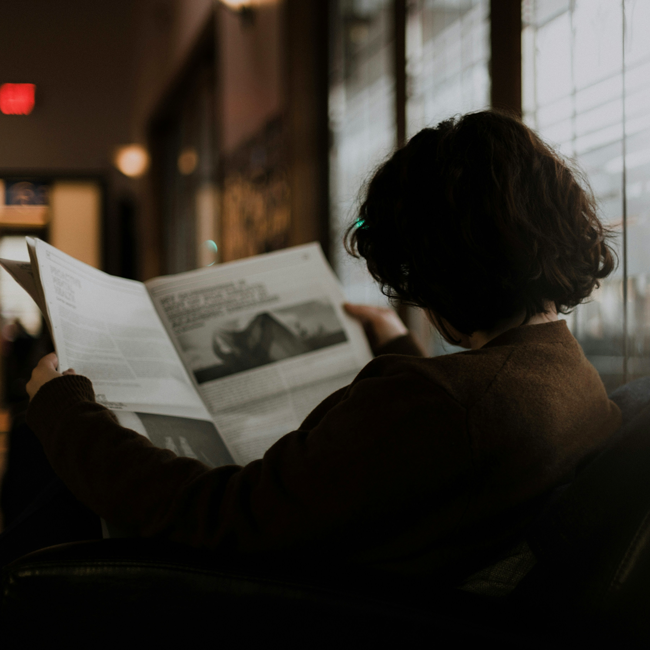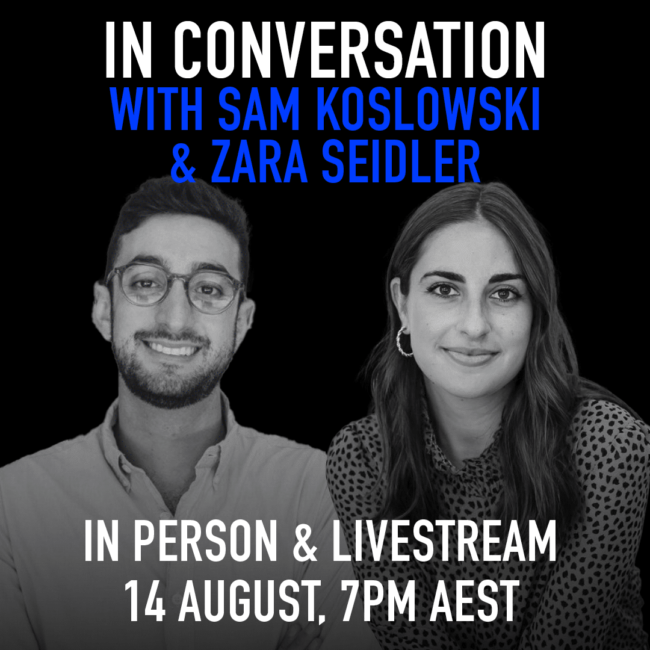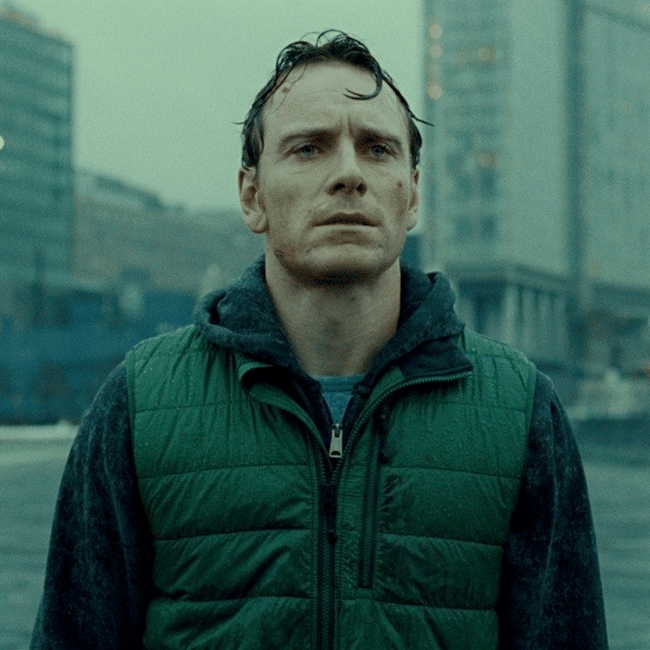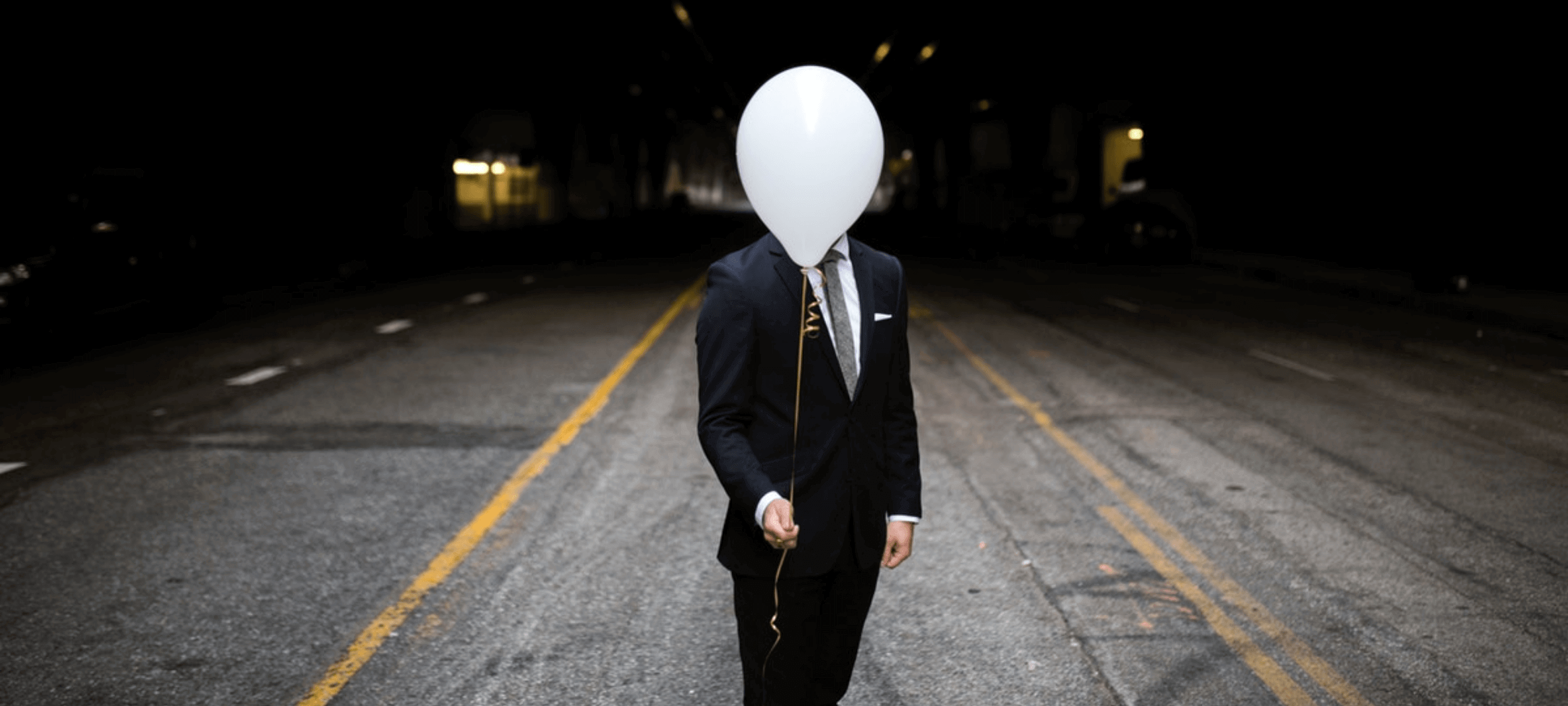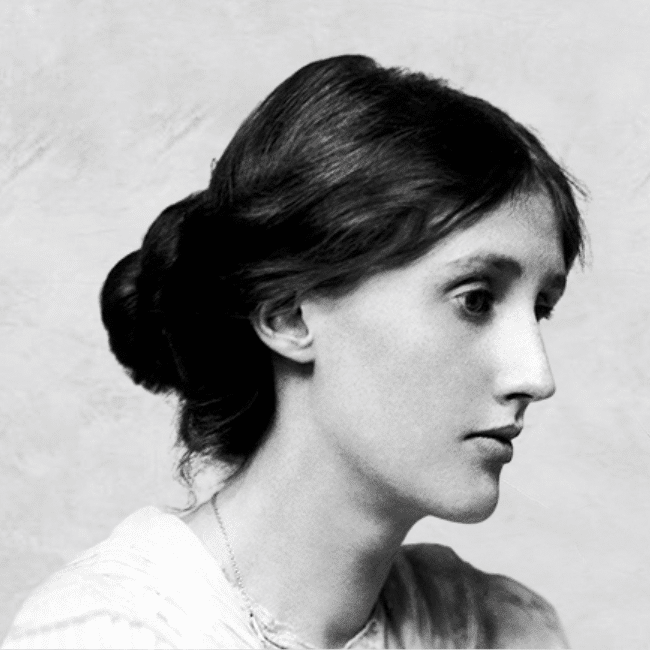Taking the cynicism out of criticism: Why media needs real critique

Taking the cynicism out of criticism: Why media needs real critique
Opinion + AnalysisSociety + CulturePolitics + Human Rights
BY Ruby Hamad 25 MAR 2024
Increasingly, it appears that constructive criticism and cynical attacks are being conflated. And perhaps it’s nowhere more apparent or more troubling than when it comes to criticism of the news media.
In 1993, Edward Said stunned the world of cultural criticism with his revolutionary critique of Jane Austen’s Mansfield Park. The literary professor and avowed lover of the Western literary canon reviewed Austen in a way like never before: as a cultural artefact that reflected and embodied the British imperial ethos.
Austen, he wrote, “synchronises domestic with international authority, making it plain that the values associated with such higher things as ordination, law, and propriety must be grounded in actual rule over and possession of territory.”
As both a critic and a fan, Said was surprised at accusations he was discrediting Austen. Rather, he was demonstrating that even novels ostensibly about domesticity could not be separated from the politics of the time.
Said showed that art not only can but must be both enjoyed and critiqued.
That criticism must, in other words, be constructive.
Said’s approach to criticism is more needed now than ever. Increasingly, it appears that constructive criticism and cynical attacks are being conflated.
I find this nowhere more apparent or more troubling than when it comes to criticism of the news media.
After The New York Times opened an Australian bureau several years ago, some readers and journalists complained its coverage was patronising. Such complaints, journalist and former Times contributor Christine Keneally said, indicated that locals felt it “considered itself superior to the local press”.
As I wrote at the time, “grievances included needlessly explaining Australia to Australians, engaging in parachute journalism, and not employing enough local journalists.” The newspaper wasn’t doing anything that Australian journalists don’t do as a matter of routine when covering foreign places. Whether wittingly or unwittingly, English-language media often assume an air of authority as they “explain” the local culture and events to their audience back home, adopting an almost anthropological tone that has been frequently and hilariously satirised.
The problem, then, was not the Times per se but Western approaches to journalistic “objectivity” that equate their own interpretations with fact.
Consequently, the criticism centred on mocking the Times rather than interrogating the broader problem of Western journalistic processes and assumptions. This merely served to make the Times defensive and resistant to the criticism.
It is futile to simply demand that journalists “do better” on certain issues or to single out specific publications when the problem so often comes down to Western media conventions as a whole.
How then should we go about it? Robust public constructive criticism of the press is vital. Not least because:
“There is everywhere a growing disillusionment about the press, a growing sense of being baffled and misled; and wise publishers will not pooh-pooh these omens.”
This quote could easily have been written last week but comes from legendary American editor Walter Lippmann in his 1919 essay ‘Liberty and the News’.
Lippmann urged fellow journalists not to reject criticism but use it as a means to improve. “We shall advance when we have learned humility,” he predicted hopefully. “When we have learned to seek truth, to reveal it and publish it; when we care more for that than for the privilege of arguing about ideas in a fog of uncertainty.”
Some of this antipathy towards critique could perhaps be explained by a lack of consensus of what critique actually is. The job of a critic is often misrepresented as being merely “to criticise”, telling us what is good and bad. However, the true role of a critic, explains culture writer Emily St. James, is “to pull apart the work, to delve into the marrow of it, to figure out what it is trying to say about our society and ourselves”.
Social media complicates our understanding further because of the difficulty of in reading people’s tone and intent online. Then there is also the unfortunate fact that social media is so often used deliberately as a platform to launch cynical, shaming attacks, which makes it even more challenging to distinguish criticism from cynicism.
This can be applied to the news media as easily as it can to novels or films.
As media scholar James W Carey observed, and as Said demonstrated in his critique of Austen, genuine criticism is not a “mark of failure or irrelevance, it is the sign of vigour and importance”.
Over many decades historians and scholars have agreed on the shape criticism should take. Namely, that criticism is an ongoing process of exchange and debate between the news media and its audience. That it should be grounded in knowledge rather than solely in emotion. That it should not be pedantic, petty, and shaming.
Media researcher Wendy Wyatt defined it simply as “the critical yet noncynical act of judging the merits of the news media”.
And as media scholar James W Carey observed – and Said demonstrated with Austen – genuine criticism is not a “mark of failure or irrelevance, it is the sign of vigour and importance”.
Lippmann and Wyatt advocated for criticism of the press by the press, such as a public editor or ombudsman hired by the publication solely to address readers’ concerns and complaints.
Others including Carey argued that true criticism can come only from the outside; from academics or authors that are not on the payroll to ensure fairness, and minimises the possibility of retribution. Many journalists, they warn, have been ostracised by their peers for daring to critique their own.
Much of the onus, then, falls to editors and publishers to open up the news media to constructive criticism, and to not “pooh-pooh” our concerns. But we, as individuals and as a society, all bear some responsibility for fostering a social climate that encourages such critique.
If we are to demand that journalists heed our criticism, we must also enter into it in good faith. Like journalism itself, any and all criticism should also be weighed up on its merits. Our ultimate goal should not be merely to shame journalists but to transform the news media in an ongoing process of reform and improvement.

Ethics in your inbox.
Get the latest inspiration, intelligence, events & more.
By signing up you agree to our privacy policy
You might be interested in…
Opinion + Analysis, READ
Society + Culture
Read me once, shame on you: 10 books, films and podcasts about shame
Opinion + Analysis
Politics + Human Rights, Society + Culture
Making sense of our moral politics
Opinion + Analysis
Society + Culture
Read before you think: 10 dangerous books for FODI22
Opinion + Analysis
Relationships, Society + Culture
Community is hard, isolation is harder
BY Ruby Hamad
Ruby Hamad is a journalist, author and academic. Her nonfiction book White Tears/Brown Scars traces the role that gender and feminism have played in the development of Western power structures. Ruby spent five years as a columnist for Fairfax media’s flagship feminist portal Daily Life. Her columns, analysis, cultural criticism, and essays have also featured in Australian publications The Saturday Paper, Meanjin, Crikey and Eureka St, and internationally in The Guardian, Prospect Magazine, The New York Times, and Gen Medium.
When identity is used as a weapon

When people reduce an artist to one aspect of their identity, whether it be gender, ethnic or religious, it diminishes their humanity.
Identity is indelibly linked to our individual and collective places in the world. It is a marker, across many classifications, that creates distinctions that can help or harm us. But should it have such power? Is there any neutrality to how we create for public consumption, and if not, how can there be neutrality in how these are critiqued? Even with the cultural, social, sexual and other differences, surely there is acceptance that stories do – and should – have universal value?
A few years ago, Ruby penned an influential essay noting that, sometimes, white arts reviewers seemed unable or unwilling to see past ethnicity in literary criticism. In particular, there was an apparent tendency to take everything an Arab artist says literally, as if style, metaphor, flair and all the other features of literary penmanship were simply beyond our capabilities. It was not an objection to white reviewers critiquing the work of non-white artists. It was simply asking: “How do we respond when white reviewers can’t understand our work fairly enough to critique it?”
It was disheartening to see, some years later, the same issue rear its head, again in the pages of prestigious literary journals, again taking an Arab author to task by refusing to accept his work as fiction and insisting it must be thinly disguised autobiography. This time, however, the criticism was spearheaded by other Arabs.
Acclaimed Arab-Australian poet and novelist Omar Sakr was the subject of a bizarre string of connected critiques of his debut novel Son of Sin, two of which were written by Arabic speakers. What links these essays is not an issue with Sakr’s narrative style, plot structure, or characterisation but a fixation on his personal life and method of transliterating Arabic expressions, with the latter dismissed as too crude and incorrect to pass muster as ‘genuine’ Arab storytelling. His credibility diluted under the more ‘authentically Arab’ gaze of these two reviewers, Sakr’s Arabness was put into question.
It was extraordinary to witness such a coordinated attack on someone’s identity, only for identity itself to then be used to mask the attack. The implication being that as an artist, Sakr’s identity is fair game, but as his critics, theirs is beyond reproach.
As two Arab women who have both been critiqued extensively and who have critiqued the work of others, we are no strangers to writing and talking about these issues. We do not hide our Arab heritage, how this has informed our work, and how we are perceived and treated by wider society.
But what we have to offer is also of value to non-Arabs. Both of us have tried, over many years, to normalise rather than ‘otherise’ our experiences as a minority.
We believed that in being open about our identity – and the backlash we receive for it – we would eventually be able to transcend, not the identity itself, but the defining role it too often plays in our professional as well as personal lives. To make it a part of us but not all of us so that we may break down rather than reinforce the figurative walls that separate us.
Ruby’s portfolio of media work includes more than a decade of arts criticism, political analysis, and feature articles on everything from mental health to homelessness to pop culture. It is her work on race, however, that attracts the most attention and spurs the most backlash. Often, when critics accuse us of “making everything about race,” they are simply revealing their own tendency to see us only in racial terms. Our input on general societal matters considered irrelevant, we are simultaneously expected to have nothing more than our identity to offer and then berated for offering it on our own terms.
There is an endless thirst for stories that confirm the oppressed Arab woman archetype, only for this archetype to then be used against us. A workplace manager once told Amal that her “difficulty” with authority had something to do with her upbringing and the men in her life, while another taunted her about her perceived (lack of) sex life. Even as a journalist reporting for trade publications she was reduced to her identity – and found wanting.
Defying these forced identity markers, Amal went on to write several books that traverse universal themes, from the divine and spiritual belief, to ageing and how we live. Her novels explore connection, love and personal evolution, all centring Arab women raised in Australia but who remain connected to the homeland, primarily Palestine. But the stories are not about this. Navigating dual worlds; these characters acknowledge but are not defined by their heritage. It is their reality and normality. They do not exist to address stereotypes but as characters in their own right. They just are, without apology or reduction or explanation.
Still, media coverage of her work often reverts to stereotype, accompanied by images of women in headscarves or headlines about Amal’s faith. Every image, every headline, seemingly there to remind us that, even when our work subverts it, we cannot outrun that archetype.
We are more than decades of trauma and displacement. We are not conflict. Our dispossession is not the definition of who we are, and what we can achieve. But in a social climate of such gatekeeping as to which Sakr was subjected, can we ever simply be writers or does our ethnicity mean we can only be Arab-Muslim ones? Must we write merely to educate and inform, only to live in fear of being deemed not Arab enough, or can we be creative storytellers in our own right?
For all the discourse about identity and discrimination, including the much-needed influx of historically marginalised voices, it seems that there is an attachment, both from the dominant society and from within these marginalised groups to maintain the status quo. Reducing us to the barest, stereotypical elements of our racial heritage – whether or not we wear a headscarf; if we transliterate “uncle” correctly – we are refused an existence outside of its constraints.
It is hard not to conclude that we are entering – if not already immersed in – a social landscape in which our identities are not lived but performed, and our existence is not normalised but capitalised upon.
How do we recalibrate so that we may embrace identity without being reduced to it? At the very least it requires an acknowledgement that we are not here to tick boxes with our difference. We tell stories not to meet the arbitrary standards of those who unethically wield identity like a cudgel but because humans always have. Our stories are not only cultural records but also historical ones, telling us where we have been and where we can go.
Ethics in your inbox.
Get the latest inspiration, intelligence, events & more.
By signing up you agree to our privacy policy
You might be interested in…
Opinion + Analysis
Relationships
Putting the ‘identity’ into identity politics
Opinion + Analysis
Relationships
Israel Folau: appeals to conscience cut both ways
Explainer
Relationships
Ethics Explainer: Teleology
Opinion + Analysis
Relationships
